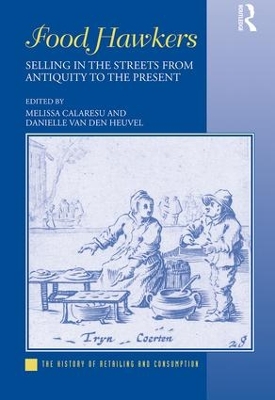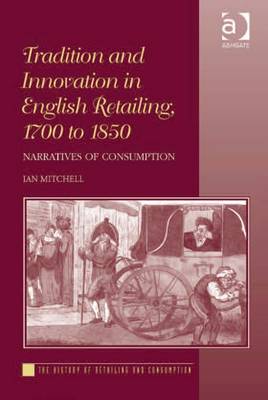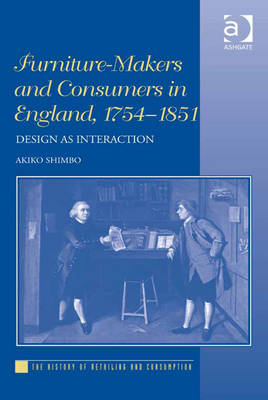The History of Retailing and Consumption
3 total works
Food Hawkers
Tradition and Innovation in English Retailing, 1700 to 1850
by Ian Mitchell
Three decades of research into retailing in England from the seventeenth to nineteenth centuries has established a seemingly clear narrative: fixed shops were widespread from an early date; 'modern' methods of retailing were common from at least the early eighteenth century; shopping was a skilled activity throughout the period; and consumers were increasingly part of - and aware of being part of - a polite and fashionable culture. All of this is true, but is it the only narrative? Research has shown that markets were still important well into the nineteenth century and small scale producer-retailers co-existed with modern warehouses. Many shops were not smart. The development of modern retailing therefore was a fractured and fragmented process.
This book presents a reassessment of the standard view by challenging the usefulness of concepts like 'traditional' and 'modern', examining consumption and retailing as inextricably linked aspects of a single process, and by using the idea of narrative to discuss the roles and perceptions of the various actors in this process - such as retailers, shoppers/consumers, local authorities and commentators. The book is therefore structured around some of these competing narratives in order to provide a richer and more varied picture of consumption and retailing in provincial England.
Covering the period from the publication of Thomas Chippendale's The Gentleman and Cabinet-Makers' Director (1754) to the Great Exhibition (1851), this book analyses the relationships between producer retailers and consumers of furniture and interior design, and explores what effect dialogues surrounding these transactions had on the standardisation of furniture production during this period. This was an era, before mass production, when domestic furniture was made both to order and from standard patterns and negotiations between producers and consumers formed a crucial part of the design and production process. This study narrows in on three main areas of this process: the role of pattern books and their readers; the construction of taste and style through negotiation; and daily interactions through showrooms and other services, to reveal the complexities of English material culture in a period of industrialisation.


